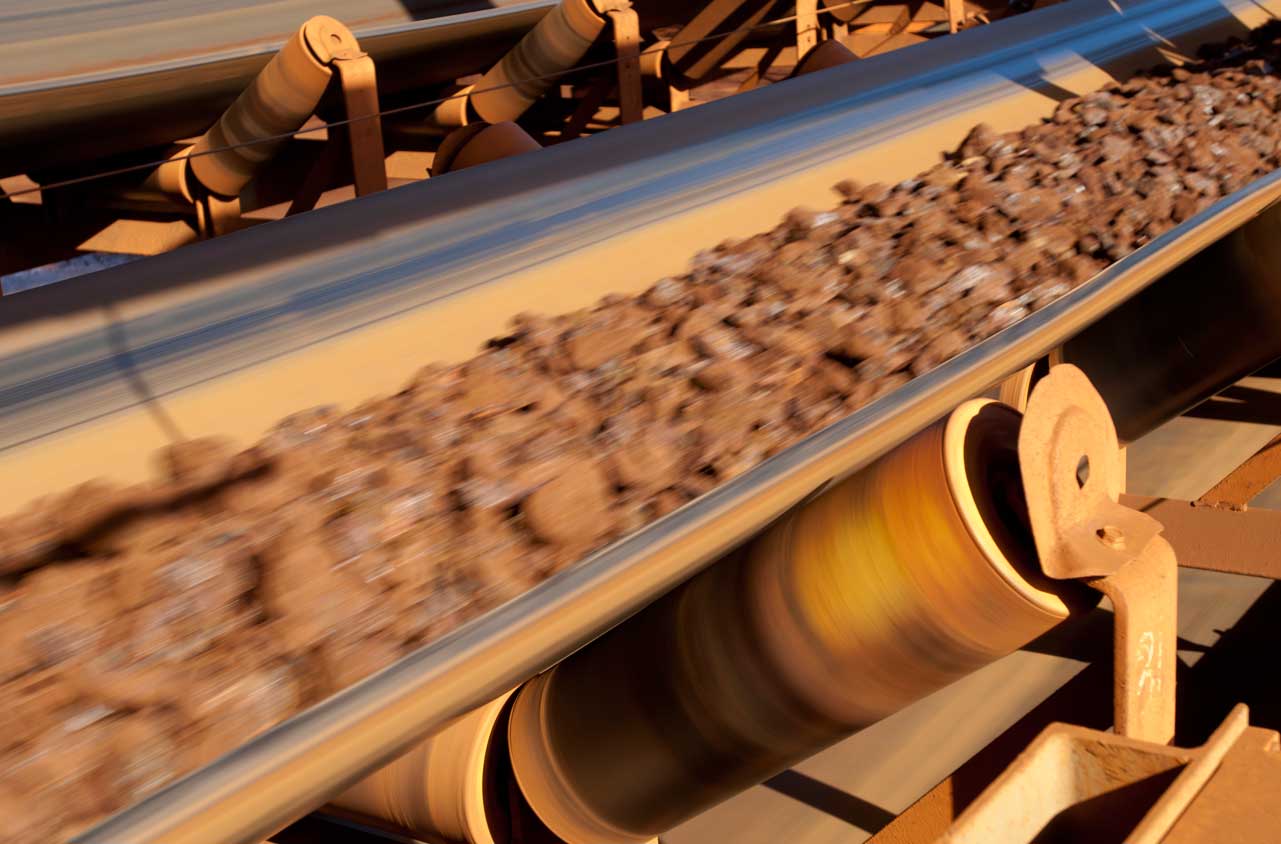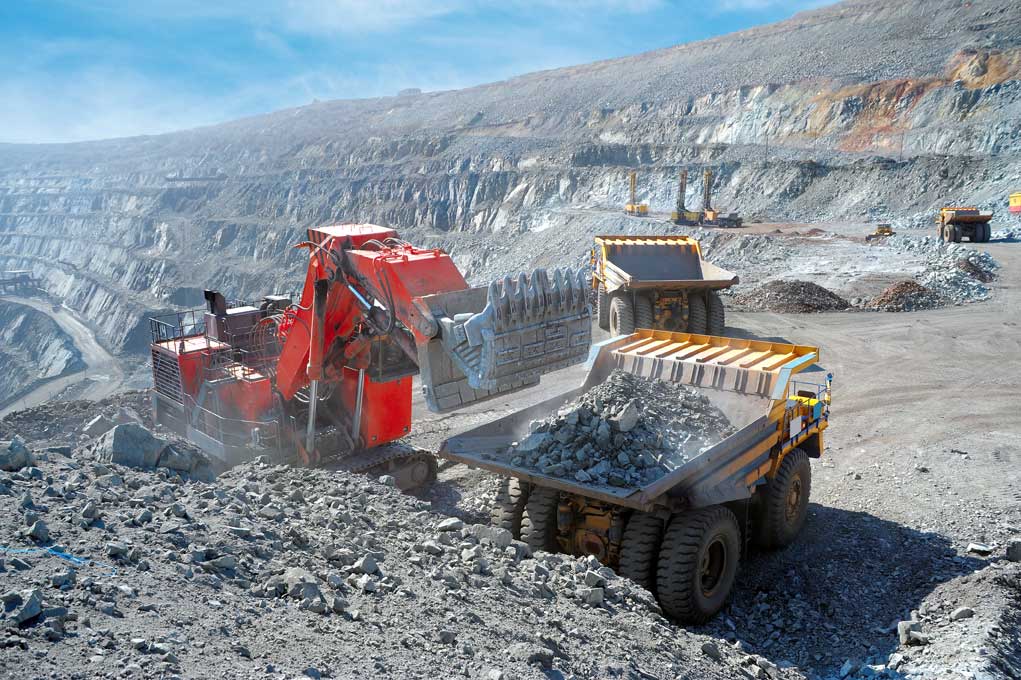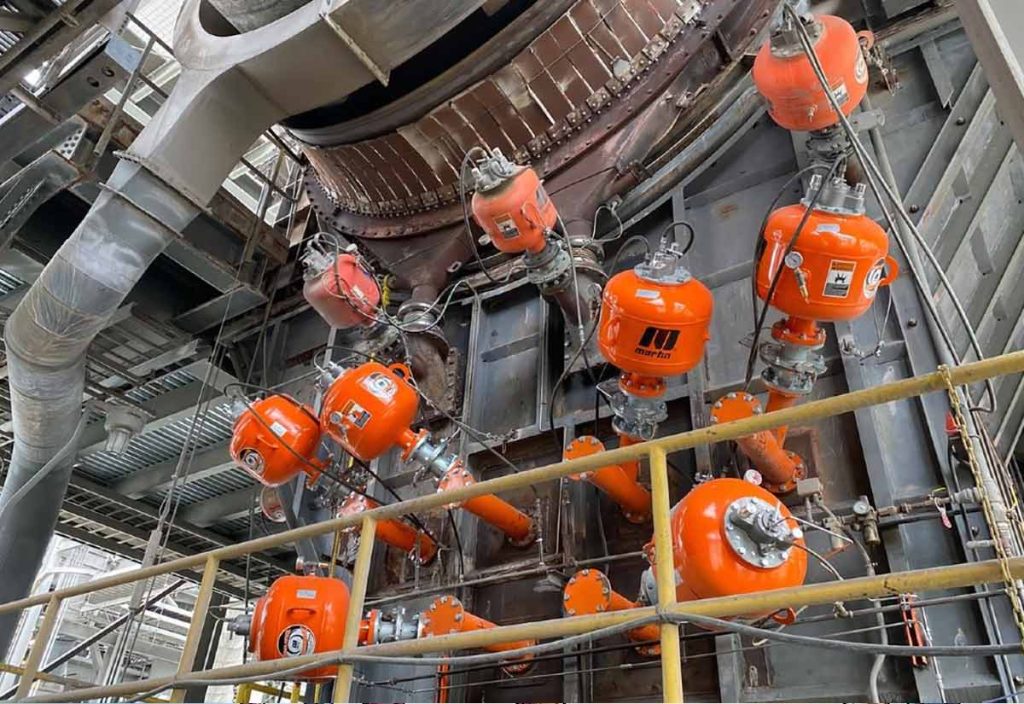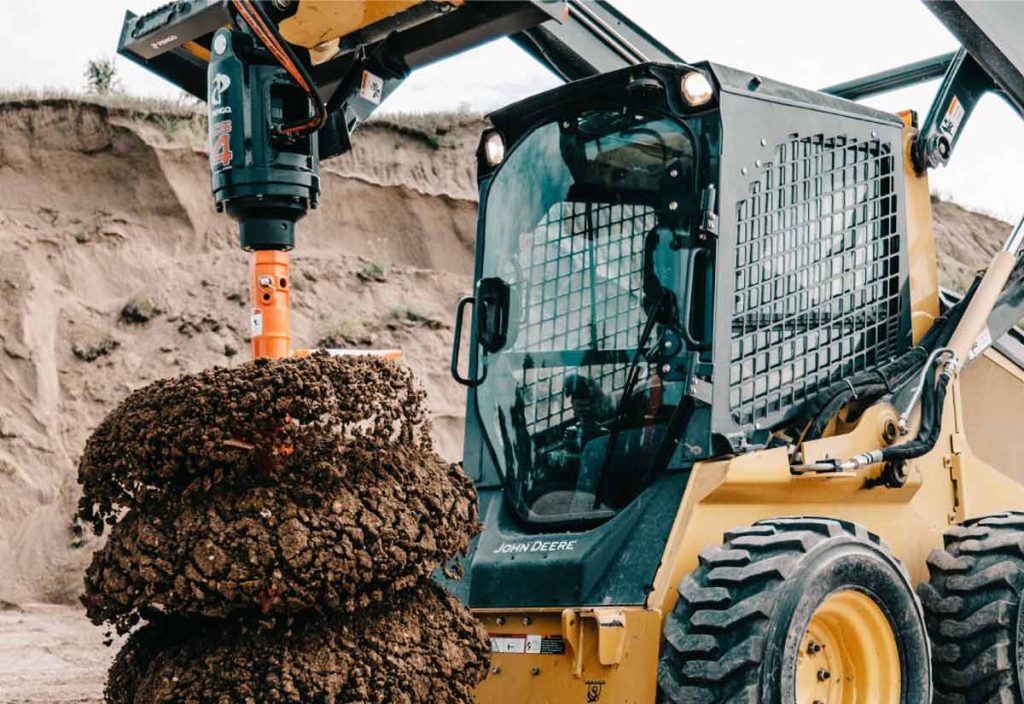6 mayors in Northern Minnesota, a state in the heart of the US Iron Belt, have broken the long-standing tradition of their fathers and grandfathers by abandoning the Democrats and the Biden presidential campaign. As the Democrats rush farther and farther to the left, mayors, traditional Democrat communities, and industry leaders alike all claim that the traditional party of the blue-collar working class has left them far behind.
In the Texas Insider article “Lifelong Democrat Mayors from Northern Minnesota Now Back Trump for Re-Election” Iron Belt city leaders including Mayor Larry Cuffe of Virginia, Mayor John Champa of Chisholm, Mayor Chuck Novak of Ely, Mayor Chris Swanson of Two Harbors, Mayor Robert Vlaisavljevich of Eveleth, and Mayor Andrea Zupancich of Babbitt, Minnesota stunned the Biden campaign with their open letter endorsement of President Trump for a second term.
“By putting tariffs on our products and supporting bad trade deals, politicians like Joe Biden did nothing to help the working class. We lost thousands of jobs, and generations of young people have left in order to provide for their families with good-paying jobs elsewhere.”- Excerpt from the August 28th, 2020 endorsement letter from the group of Northern Minnesota Mayors
Reversing the Fall of the Iron Belt in the Industrial Heartland of North America
The mayors above refer to the widespread locations of their hometown industrial resources as “the Range”. Nationally known as “the Iron Belt”, the Northern Minnesota region contains prolific iron ore resources including the Mesabi Range.
The Range has been producing voluminous amounts of iron ore since the 1890s. The Mesabi Range alone, one of the world’s largest deposits of iron ore, contributes immensely to the US national economy. Minnesota ore miners ensured the Allied victory in World War II, and the industry introduced a diverse multi-ethnic regional culture in northeast Minnesota.
With new processing technology creating a demand for taconite, a lower grade iron-ore once thought to be a waste product, the Mesabi Range and associated businesses were able to revitalize the Iron Belt after decades of disastrous trade policies forced upon the region.
As reported by the Star Tribune Article “Iron Range jobs, exports bounce back with help of Trump tariffs” Minnesota state budget officials credited President Trump’s tariffs on imported steel. The state enjoyed a 5.2% boost in the state’s employment rate which “means a lot of money in the economy in northeastern Minnesota,” according to Kelsey Johnson, president of the Iron Mining Association of Minnesota. Trump’s tariffs prevent foreign countries from indulging in the illegal dumping of low-priced steel to suppress domestic competition unfairly. That helped reverse the burden that the state’s steel industry faced in 2015 and 2016 when it couldn’t compete with low-priced steel imports.
Now the Iron Range is making a comeback from those years when mine and production facilities were closing. Positive economic ripple effects of increased iron ore exports have small Minnesota businesses expanding. Logging and mining companies are hiring, and Minnesota residents on the Iron Range, which has a long-established history of supporting Democrats and deep ties to labor unions, still opted to support Trump in the last election. And the trend doesn’t stop with presidential elections.
In 2016, many of the northern Minnesota state Senate seats held by Democrats flipped for Republicans as a result of the “piling on” of state regulations and the resulting red tape delays of the proposed PolyMet copper-nickel mine which will add even more fuel to a recovering Minnesota economy.
But don’t look to the traditional Minnesota Department of Natural Resources for unbiased information on the mining industry in the Iron belt. This state agency seems determined to denigrate the Minnesota mining industry on their website saying “ These are the only minerals currently mined in Minnesota. Manganese, copper, nickel, and titanium have also been discovered in the state in minable quantities, but are not of high enough quality under today’s prices to mine profitably.”
The organization miningminnesota.com would strongly disagree with that assessment.

Minnesota is Poised to Become a Global Leader in Mined Mineral Resources
For decades Minnesota state leaders have ignored vital economic indicators and pitted the state’s comparatively feeble tourism industry against the robust and lucrative mining industry, especially in the Duluth-Arrowhead region. This leaves the Gopher State in quite a self-dug hole, a strange self-inflicted situation similar to California, another struggling state, despite a rich abundance of natural resources. There, residents are now sweltering through record-breaking heatwaves and wildfires in the dark, thanks to over-emphasis on green policies and the rolling brownouts that follow when an over-stressed “green power grid” is on the brink of collapse.
Mining Minnesota is determined to reverse the similar economic oppression long before their state reaches the point of collapse they’re seeing in California. The organization recognizes that the Iron Belt has so much more to offer to the country and the world with one of the world’s largest deposits of copper, nickel, precious metals, and essential mineral resources. And they’re emphasizing environmental responsibility in the mining processes with numerous overall benefits to the state of Minnesota at large.
By tapping into an estimated 4 billion tons of copper, nickel, and precious metals in Minnesota, a revitalized mining sector will provide enduring financial benefits including:
- Thousands of high-paying Minnesota mining jobs for generations to come ($81,000/yr)
- Millions of man-hours generated in the construction trades and labor jobs
- More than $2 billion allocated for the Minnesota Permanent School Trust Fund, with additional funding for every school district in Minnesota
- Tens of millions of dollars in local and state tax revenues added every year
With green-minded responsibility, Minnesota’s 4 billion tons can be mined with advanced clean mining and reclamation technology unheard of 60 years ago when the state’s rich deposits were first discovered. Copper, nickel, and precious metals such as platinum and palladium are essential for developing and manufacturing electric and hybrid vehicles, pollution control devices such as the catalytic converters on every internal combustion engine vehicle, wind turbines, solar panels, and every smartphone and computer on the planet.
About Resource Erectors
At Resource Erectors our specialized recruiting experience in the mining industry has long been one of our core competencies. We maintain connections with the most highly qualified professionals and the industry-leading mining companies all across North America. We also bring decades of experience for recruiting and placement of top-level candidates in manufacturing, engineering, aggregates, civil construction, tunneling, and the precast concrete industries.
We know how much a bad hire can cost your organization and we’re always standing by to help you avoid the high cost of critical vacancies in your workforce so please don’t hesitate to contact Resource Erectors today.








